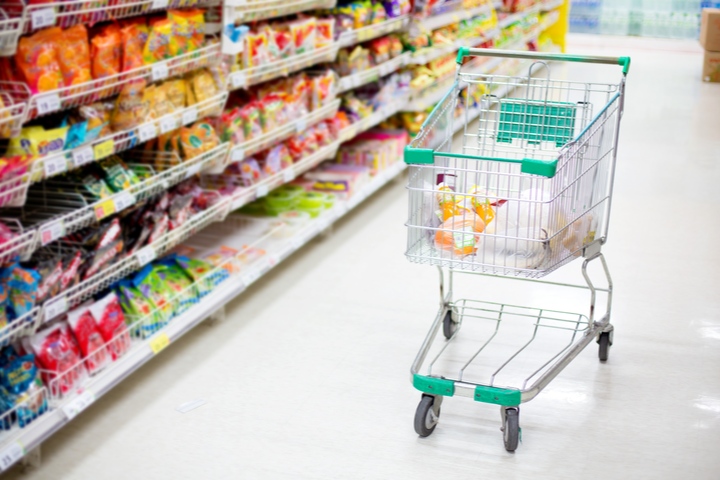PACKAGING RECYCLING GERMANY
Recycling rate for plastics rising / Major shortfalls for composite solutions / Germany no longer world champion in waste separation – ZSVR / UBA
— By Plasteurope.com staff —
Germany’s dual-system packaging-recycling schemes revealed a mixed picture in 2023. Five of the eight packaging fractions met their recycling quotas. These included plastic packaging – which is recorded in two fractions – packaging in metal and aluminium, and also paper, paperboard, and cardboard.
Germany’s dual-system packaging-recycling schemes revealed a mixed picture in 2023. Five of the eight packaging fractions met their recycling quotas. These included plastic packaging – which is recorded in two fractions – packaging in metal and aluminium, and also paper, paperboard, and cardboard.
 Consumer restraint is putting pressure on recycling volumes (Photo: PantherMedia/xxxPATRIK) |
The joint analysis conducted by Germany’s central packaging register agency ZSVR (Osnabrück; www.verpackungsregister.org) and the country’s federal environment agency UBA (www.umweltbundesamt.de) shows a material recycling rate for plastic packaging of 68.9%, compared with 67.5% for the previous year. The legally prescribed recycling rate of 63% was thus met.
Clear shortfalls emerged for glass, beverage cartons, and other composite packaging, however. With a recycling rate of 83.1%, glass packaging missed its specified target by 6.9 percentage points. One reason for this is the high proportion of used glass that ends up in residual waste rather than being taken to glass containers. “We urgently need to ensure that more glass remains in the recycling loop,” said Gunda Rachut, chair of the ZSVR.
Related: German packaging and film manufacturers anticipate rise in sales
The recycling rate for beverage carton packaging was 8.7 percentage points below the set target of 80%. ZSVR reports that recycling plants still have insufficient recycling capacity for these cartons.
In the case of composite packaging, the situation is particularly problematic, as the recycling rate fell to 70%, missing its target by a full 13.9 percentage points – a drop of a further 7.9% compared with the previous year. This is due primarily to the complex composition of the packaging, which is typically made up of plastic-laminated cardboard. Here again, insufficient recycling capacity is available. Packaging market research institute GVM (Mainz, Germany; www.gvmonline.de) additionally forecasts that the use of this “unfavourable packaging type”, to quote Rachut, will increase still further in future.
At 5.5 mn t (2022: 5.7 mn t), the overall quantity of domestic packaging waste collected, sorted, and recycled has fallen. This decline is attributable in part to inflation and the resulting drop in consumer demand. At the same time, the poor quality of the mixtures gathered in all the different collection containers has reduced the amount of waste recycled. The associations complain that misplaced waste and a decline in sorting discipline are significantly impairing recyclability. The UBA estimates that, in the yellow bin alone, up to 40% of waste is misplaced.
Waste management companies have told the UBA that collection quality is now better in other EU countries. “For a long time, the Germans were regarded as world champions in waste separation. We need to win back this title, said Bettina Rechenberg, department head at the UBA.
— Translated by Plasteurope.com correspondent
03.02.2025 Plasteurope.com [257198-0]
Published on 03.02.2025

 German version of this article...
German version of this article...